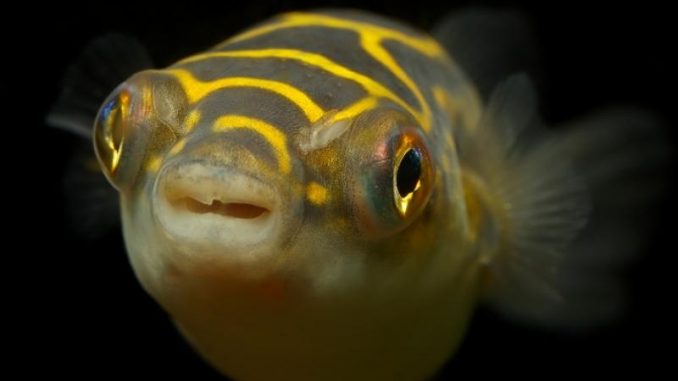
The figure 8 puffer is a warm-water tropical fish from the Tetraodon biocellatus family. This fish is among the most colorful of all the available puffer fish.
Beginners and advanced aquarists love adding the figure 8 puffer fish to their collection due to the fish’s friendly and entertaining nature. These fish are popular among aquarists because the requirements of these fish are easier to meet than similar puffer fish.
TABLE OF CONTENTS
Figure 8 Puffer Facts & Overview
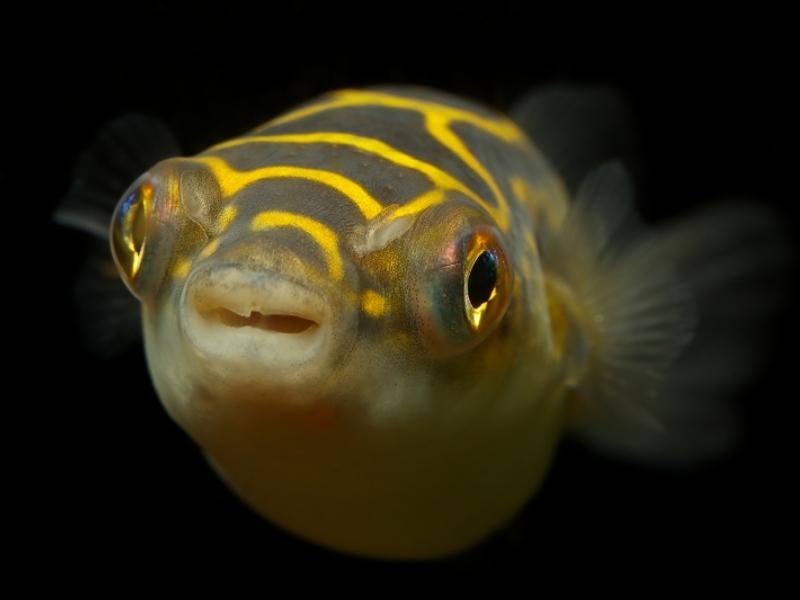
| Scientific name | Tetraodon biocellatus |
| Common name | Figure 8 puffer, eyespot pufferfish |
| Distribution | Cambodia, Malaysia, Indonesia |
| Size | 3.15 inches |
| Life expectancy | 15 years |
| Color | Deep brown on the upper portion and white on the underside |
| Diet | Mollusks, krill, oysters, and other crustaceans |
| Temperament | Friendly, personable, and entertaining |
| Minimum tank size | 20 gallons |
| Temperature | 72–79°F |
| pH | 8 |
| Hardness | Very hard fresh water |
| Care level | Moderate |
| Breeding | Non-existent in captivity |
Origin
Figure 8 puffer fish are often found in brackish waters in particular regions of South Asia, like Thailand, Cambodia, and the Malaysian peninsula.
The fish prefer brackish water but can also be found in freshwater mangrove habitats. These fish are not characterized as an endangered species, so they can be kept in home aquariums.
Adult Size & Lifespan
The maximum adult size of the figure 8 puffer is 3.1 inches. The baby puffer grows quickly, about ½ inch in just 2 months.
These fish live up to 15 years, which is unusually long for fish. The fish’s lifespan tends to decrease in captivity. Male and female puffer fish are nearly impossible to tell apart, as they look very similar.
Availability
Figure 8 puffer fish is not readily available in fish stores. To buy one, you need to visit a store and ask them to order this fish. The cost of this puffer fish usually ranges between $9–$10.
Appearance & Behavior
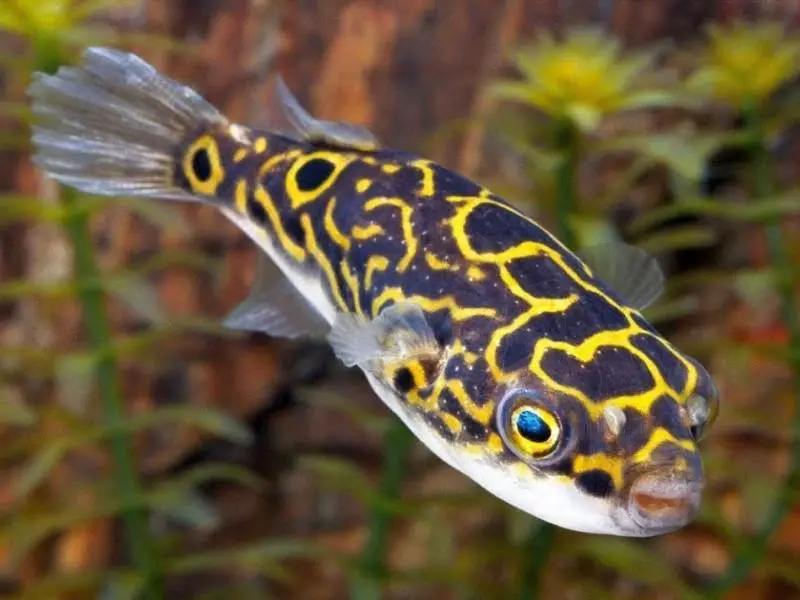
Pufferfish are known for looking cute. However, they often behave aggressively. Aquarists prefer to keep these fish in a separate tank because they’re a more intelligent species. These fish love to explore their surroundings and can even identify their owners.
These fish puff up by inflating their stomachs with air and water, growing to two or three times their original size. The fish’s body is covered in spines that extend away from the body when inflated, to keep predators away.
Colors, Patterns, Fins, and Sex Differences
These fish have a yellow body, a creamy white belly, and black patterns. An eight-shaped birthmark on their skulls gives them the name figure 8 puffer. Male and female figure 8 puffer fish are very similar and nearly impossible to tell apart.
Typical Behavior
Pufferfish often exhibit aggressive behavior, particularly fin nipping. Male puffers tend to nudge the female puffers to impress them. Puffer fish are also vicious predators that use a variety of hunting strategies including open-water hunting, stealth tactics, and ambushing.
Tank Requirements
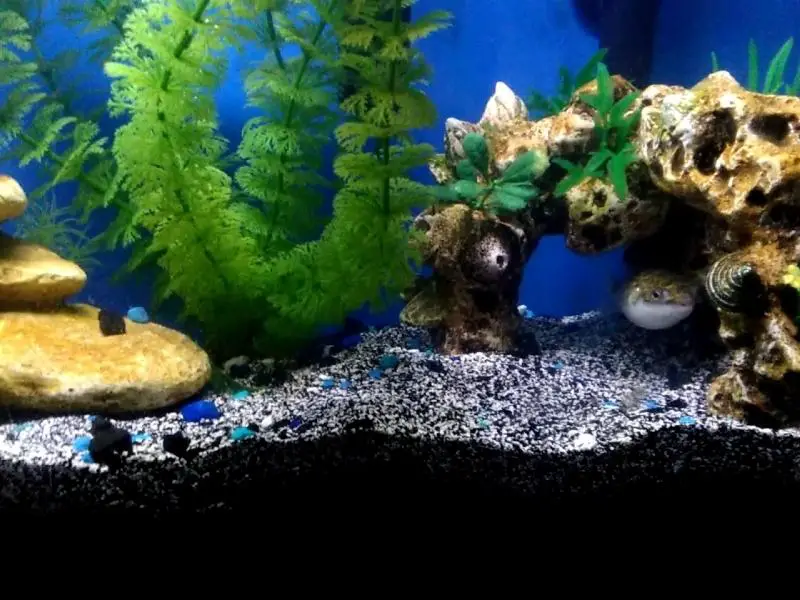
Figure 8 puffer fish require a 30-gallon tank per fish. Make sure to include a good filtration system in the tank because puffers are dirty fish.
Having the correct water chemistry helps your puffer live longer. These fish are simple to care for because their tank requirements are easy to meet.
Habitat and Tank Setup
Figure 8 puffers get bored easily, so decorate the tank well to keep them stimulated. Add different kinds of brackish plants to match the tank with the puffer fish’s natural habitat.
Plants with high salt levels are good additions to the tank. A wide variety of driftwood and rock work well in the aquarium.
While preparing the tank setup, make sure to provide the best environment to avoid diseases.
Tank Conditions
- Water type: brackish and freshwater
- Tank size: 20 gallons
- Substrate: sand, rocks
- Water temperature: 72–79°F
- Tank setup: plants, driftwood, rocks
- Acidity: pH level 8
- Water hardness: 10–12 dGH
- Filter: substrate filter
- Bubbler: salt water bubbler
Tank Parameters
Warm-water tropical fish like figure 8 puffers do best at a temperature of about 78°F. Crushing coral or aragonite sand is the best substrate to maintain the pH at a constant level of about 8.
Puffers are especially vulnerable to the toxins contained in a cycled tank because the fish lack scales and gill coverings.
Health Issues and Diseases
Figure 8 puffer fish are vulnerable to parasites and diseases. If you find your puffer fish in poor or stressed conditions, try to identify the causes to understand the best treatment.
When you first buy your puffer fish, quarantine it for a few days before adding it to your main tank. Otherwise, it may infect other fish.
Diet and Feeding
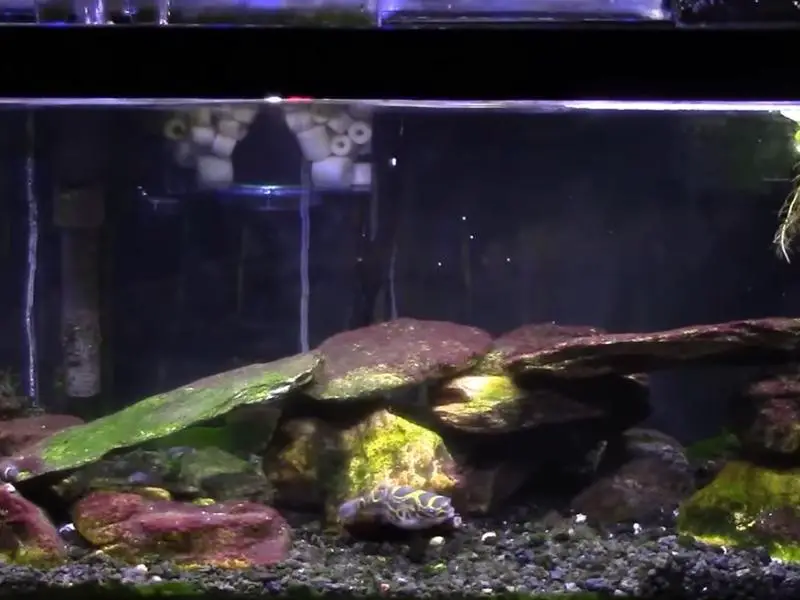
The typical food of a figure 8 puffer includes mollusks and crustaceans. Don’t feed them dry foods, which don’t fulfill their dietary needs. Feed them more nutritious meaty foods. Krill, oysters, plankton, and scallops are also good feeding options.
Tank Mates
Puffers can be kept in a community tank. However, be careful when selecting tank mates, because the puffer has a tendency to nip the fins of fish with long fins or fish that move slowly.
Good freshwater tank mates for puffers include swiftly moving species like characins, rasboras, and barbs. Good brackish water tankmates include monos, bumblebee gobies, and salt-tolerant chanda species.
Studies have revealed that individual puffer fish maintained alone often survive far longer in captivity than those housed with conspecifics in a sufficiently big tank. Try to purchase at least four fish if you wish to maintain more than one so that any hostility is diffused throughout the group.
Breeding
Little is known about the breeding process of the figure 8 puffer. When these fish spawn in captivity, the fish are reported to lay eggs on a flat surface. The male puffer fish will guard the egg until the fry hatch and are ready to swim.
Should You Get a figure 8 puffer for Your Aquarium?
Aquarists can meet the needs of puffer fish easily, making these fish popular. Puffers also have a number of intriguing distinguishing characteristics.
This species is one of the few fish that can truly blink or shut its eyes. This ability adds to the attraction and personality of the fish. Additionally, these fish have mouthpieces resembling beaks that are made of two teeth from each jaw, fused together. These mouthpieces are used for crushing shells, which are puffers’ preferred meals.
FAQ
How big does the figure 8 puffer get?
Adult figure 8 puffers grow up to 3.1 inches. However, sizes vary.
How many figure 8 puffers should be kept together?
You can keep a total of four-figure 8 puffer fish in your fish tank. But you will need to buy a tank larger than the recommended 30 gallons per one fish.
What fish can live with a figure 8 puffer?
Good tank mates for the figure 8 puffer include swiftly moving species like freshwater characins, rasboras, and barbs. If you’re keeping your figure 8 puffer in brackish water, then monos, bumblebee gobies, and salt-tolerant chanda species are good options.
Does figure 8 puffers produce lots of waste?
Figure 8 puffers are recognized as dirty fish because they produce a lot of waste while eating. You must add a filter to your fish tank to keep the fish clean and healthy.


Be the first to comment